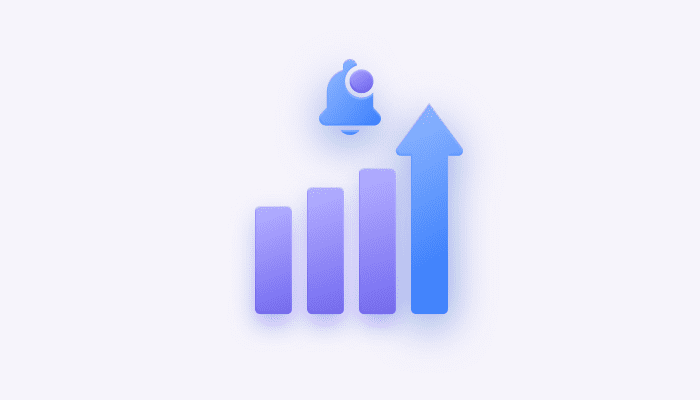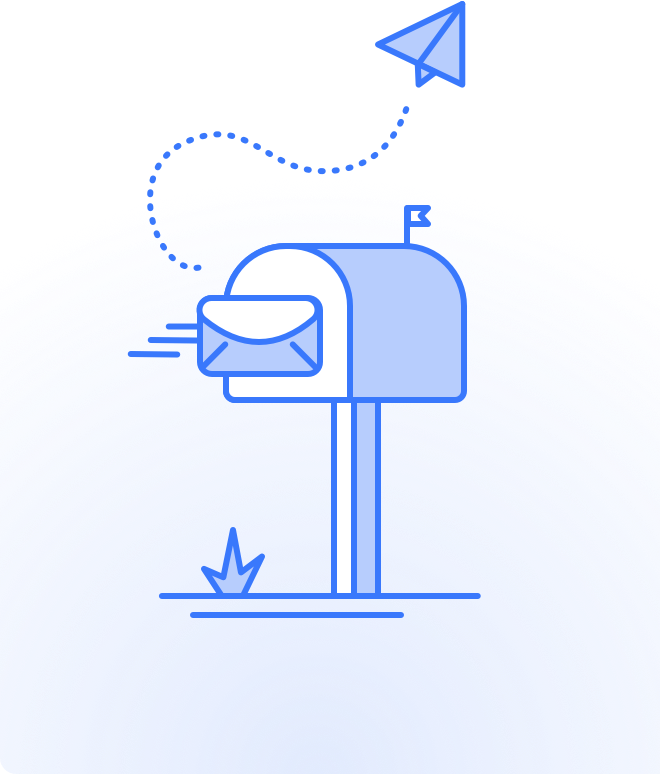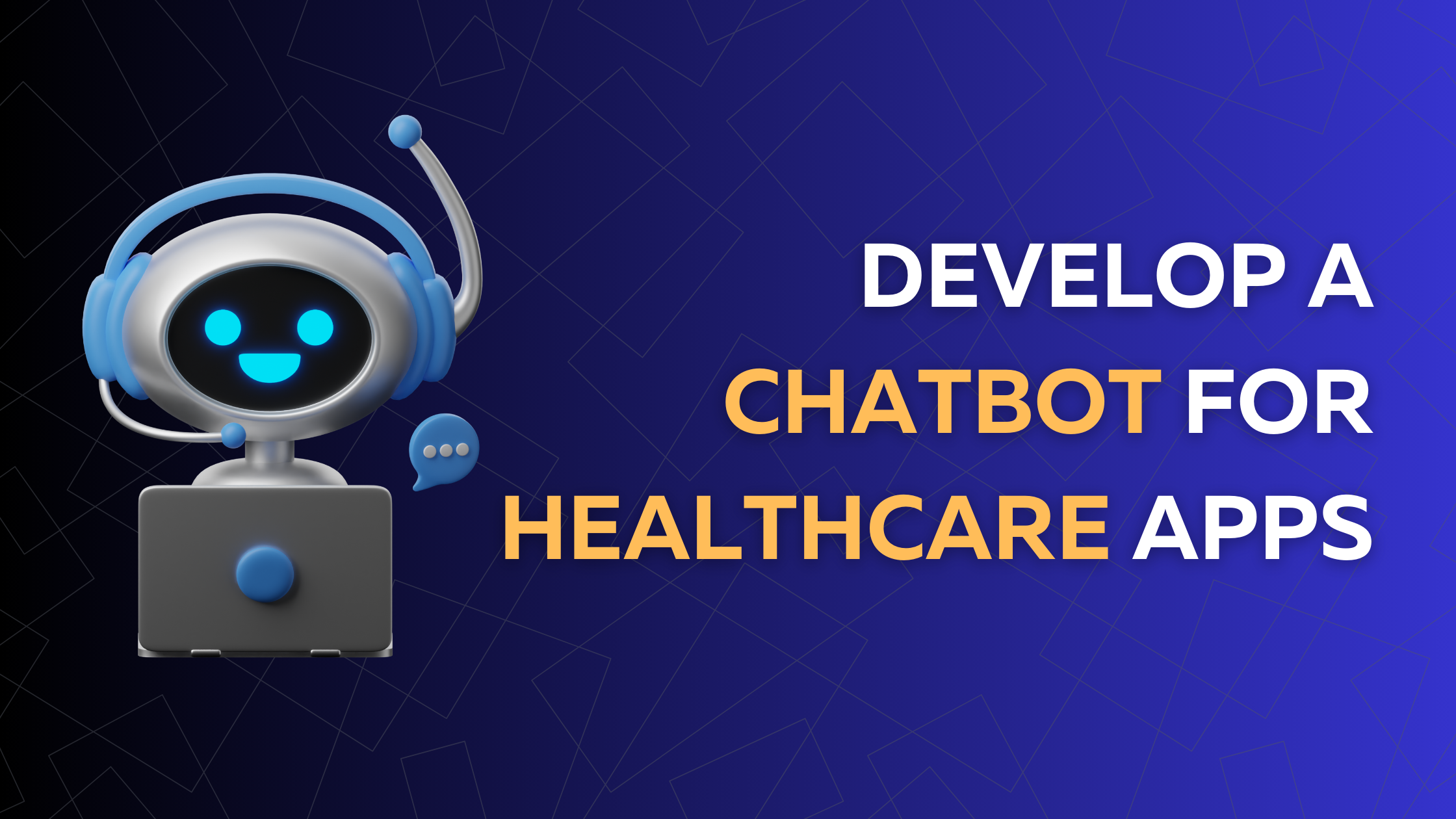
Anyone who has a smartphone knows what push notifications are. They are those tiny messages sent to us every day by our installed apps that pop up on the screens of our mobile phones and desktops. Somebody estimated that on average, a smartphone user gets about 46 push notifications per day. If we deduct the eight hours of sleep, this number means an average user gets a message about every 20 minutes.
Sounds a bit overwhelming, however, the majority of push notifications are, in fact, useful. Moreover, a successful marketing strategy means that push notification not only provides a source of helpful information for the user, but can also improve business performance metrics.
What kind of push notification do users receive?
If you think that push notifications are only about sales and mobile marketing, this is not completely true. Of course, some of them are of the advertising or promotional kind, but others deliver useful personalized messages.
The main types of push notifications that our smartphone apps send may be loosely described as follows:
- Alerts. These notifications inform your audience of any event or status change that occurs in the app. It can be an incoming message in a messaging app, a new post in a blog the user is subscribed to, a game event, or a security alert.
- Reminder notifications. With these messages, apps send various reminders depending on their goal and purpose. For example, a travel app can remind you about an upcoming flight, a fitness app – about a regular workout, a learning app – about a daily lesson.
- Promotions. Mobile apps can inform users about exclusive offers and promotions via push notification campaigns that arrive to their mobile devices.
- Catch-up or achievement notifications. These are typical for health and fitness apps. They tell you how many steps you have taken in a day or how many calories you have burned.
- Updates. Often, an app update is accompanied by a corresponding push notification.
- Feedback requests. In push messages of this type, businesses ask you to describe your experience of their product or service.
Any type of mobile app push notification can be configured in a smart and non-intrusive way so that it carries useful information for your audience, but also brings value to the business owner. It’s all about a smart push notification strategy.
What are the benefits of push notifications for businesses?
If you integrate push notifications into your marketing strategy, you might expect multiple benefits.
Higher user retention
You have probably heard that 1 in every 4 downloaded mobile apps is used only once and then abandoned. The problem of low rates of user retention is often not contributable to the quality and performance of the app itself, but the fact that the user simply forgot about it or was not engaged enough in the first place. No wonder when, on average, a smartphone user has about 35 mobile apps in their mobile device.
This is where push notifications come to the rescue.
Push messages greatly improve customer engagement and user retention by reminding the user about the downloaded app and prompting them to use it again. Depending on the nature of the app, such reminders may be different in content, frequency, and call-to-action. In a fitness app, it can be a reminder to complete a workout and log the result. In a learning app – a prompt to start the next lesson. In a news app – a preview of an engaging story.
No matter what the push notification tells the mobile user, its ultimate purpose is the same – make them open the app. When smartly composed and properly timed, its chances to improve retention rates are rather high.
User base increase
These notifications usually come from websites and web applications. Remember that little window that pops up on almost every website you visit? The one that says: “This website would like to send notifications”? If you click “Allow”, you have signed up for push notifications from that website.
Such notifications arrive in the browser and inform a potential customer about any update to the website content. Their main purpose is to engage the visitor enough to make them actually open the website to read the full content. Afterward, the chance of the visitor becoming a user is much higher. Of course, you need to live up to your promise and deliver high-quality relevant content.
Better user experience
You can improve the user experience of your app with a smart push notification strategy. Depending on the type of your business and the industry you work in, push messages can be an announcement of an offer or a discount, a news piece, or a reminder about a regular lesson or practice session.
The important thing is to create useful content that users will enjoy. In this case, they will associate your brand and the notifications you send with a positive experience.
Maintaining brand awareness
Push notifications can be designed to include the business’s brand name and logo. This way, whenever the user receives such a notification, they will immediately recognize the brand and connect it to their experience of your product or service.
Of course, the content of the message matters, too. When the user receives friendly, useful messages on their mobile device that carry a certain added value – for example, promotions or reminders – they form a positive brand image that promotes user engagement and solidifies a loyal customer base.
Targeting and personalization
You can use the information that users provide at registration or that you collect when they interact with your app to better target your notifications and create stellar experiences. For example, you can send birthday wishes based on the date of birth the user may provide. Alternatively, you can use their geolocation data to suggest a store or event near their location.
The user’s purchase history is a wealth of notification prompts, too. Send a reminder to renew a subscription, order a new pair of contact lenses, or buy a matching item to the one they bought before. Personalized push notifications not only help you engage customers more but also show them that you care.
Conversion rate increase
A push notification can actually result in a new sale. If you send a reminder of a recurrent purchase or an abandoned cart, or to inform them about a special offer, your customer may consider doing some business with you. Time-bound notifications (e.g. “this offer ends in 12 hours”) can create a sense of urgency and enhance the likelihood of a sale.
Of course, you need to craft such messages carefully, paying a lot of attention to identifying your target audiences and personalizing your mobile push notifications. When users get messages that seem to be designed specifically for them, the chances of conversion are higher.
What to remember when planning push notification campaigns
Website and mobile app notifications can become a valuable component of your marketing plan together with email marketing and social media marketing. However, push messages only work when designed properly.
There are certain rules that apply to any business that decides to include push notifications in its marketing campaign. The core concept is that push notifications are initiated by you, not by the customer, and that the customer did not ask for them. So the main principle is that they must never be annoying or intrusive.
Try to follow some basic rules to ensure a positive customer experience:
- Always offer the opt-out option. Users must be able to turn off notifications when they need to. The app notification settings should allow this option.
- Consider time zones. Tailor your message configuration so that they do not arrive in the middle of the night.
- Be timely. Follow a dispatch of the customer’s order with a message immediately or send an abandoned shopping cart reminder when the products they selected are still fresh in their memory – typically, within one hour.
- Do not message too often. Even the most friendly and useful notifications become annoying when they come too frequently.
- Be concise. Push notifications are not intended to tell the user the whole story. Rather, they should prompt them to visit your website or app again.
How to implement push notifications in your app or on your website?
As with most features, there are two main options in adding certain functionality to your product – develop in-house or use a third-party solution. The first option is going to be rather time- and resource-consuming, which is not too feasible when you need a popular feature, like push notifications.
The second option – using a pre-built component – can save you time, human resources, and, ultimately, even money, because you can start using it almost immediately, getting the related benefits. For example, Quickblox chat SDKs and APIs allow you to integrate push notifications in your communication platform easily and quickly. Check QuickBlox documentation for the ready-made solutions for the most popular mobile platforms and web applications.
If you have any questions about implementing push notifications in your product or need a consultation on integrating QuickBlox solutions, contact us, and our professional team will be happy to help.




















This page I’m quite happy to find. Thank you! Nice post. Something entirely new I learned.